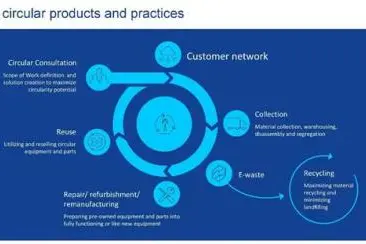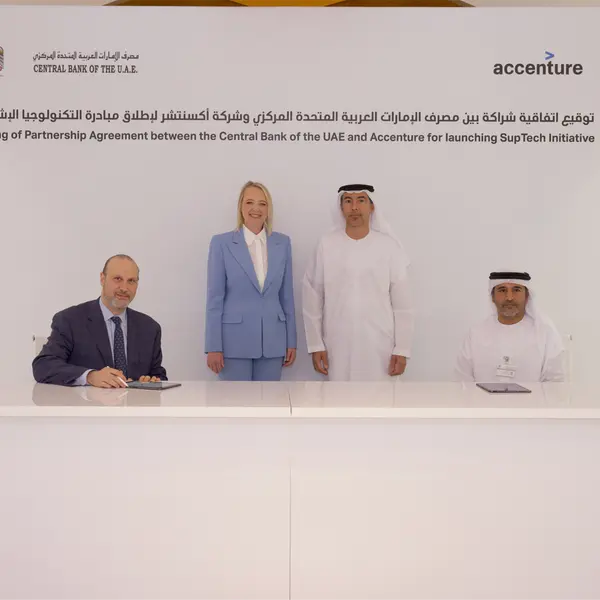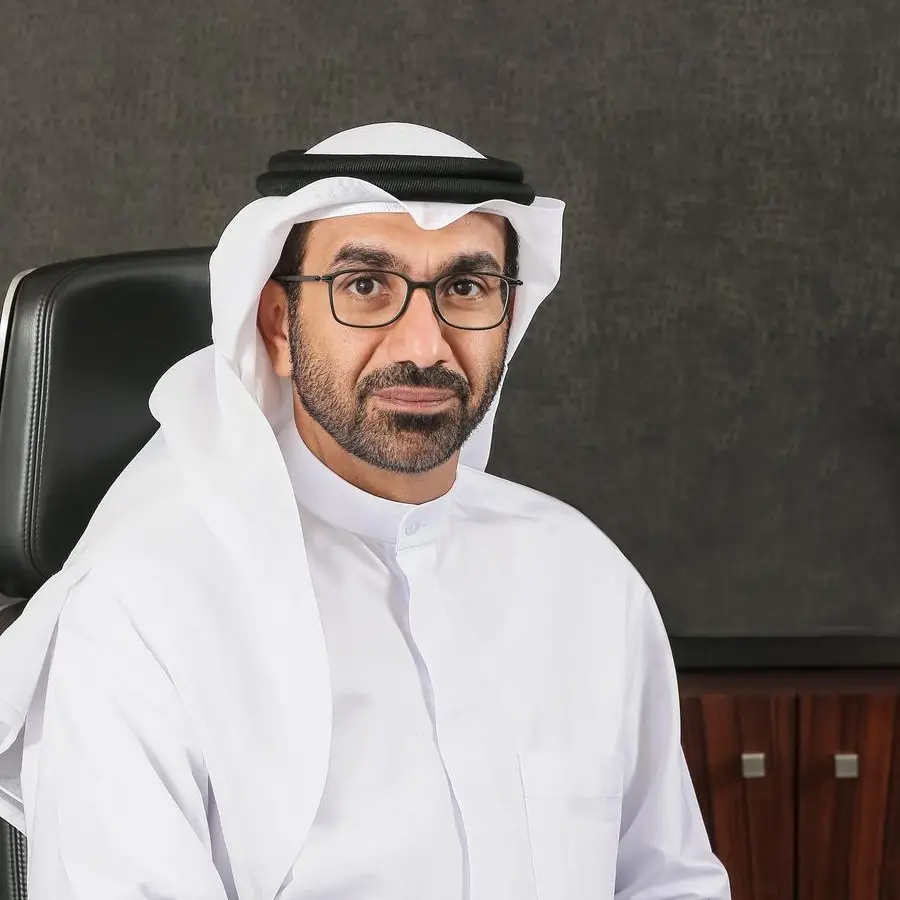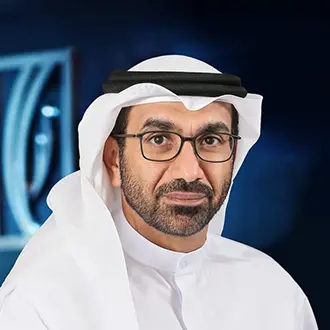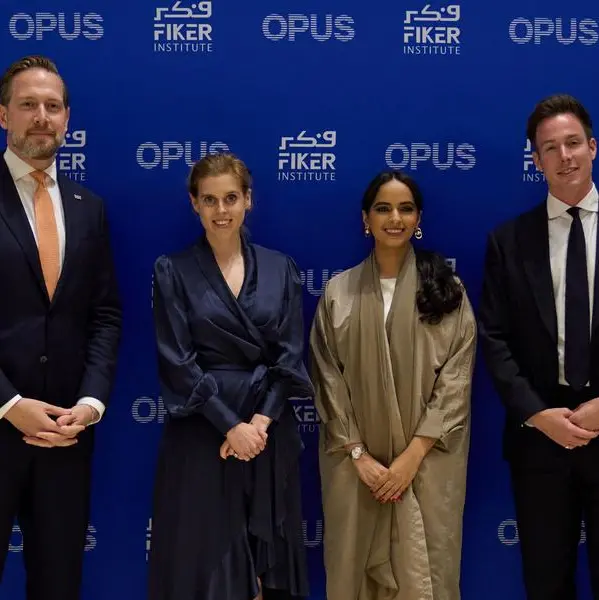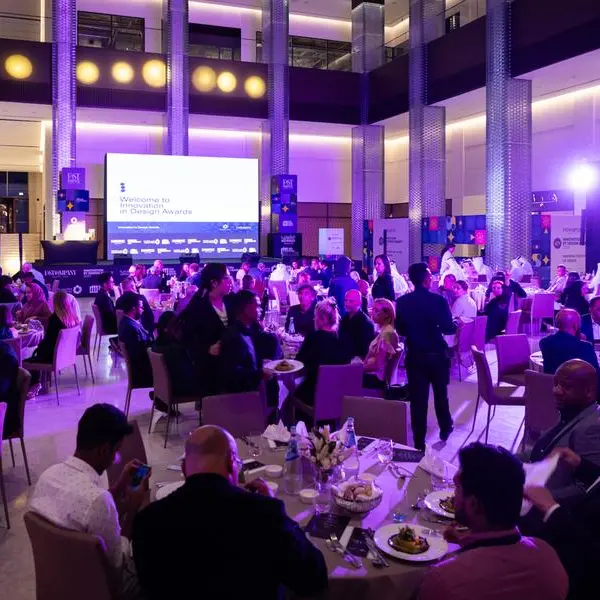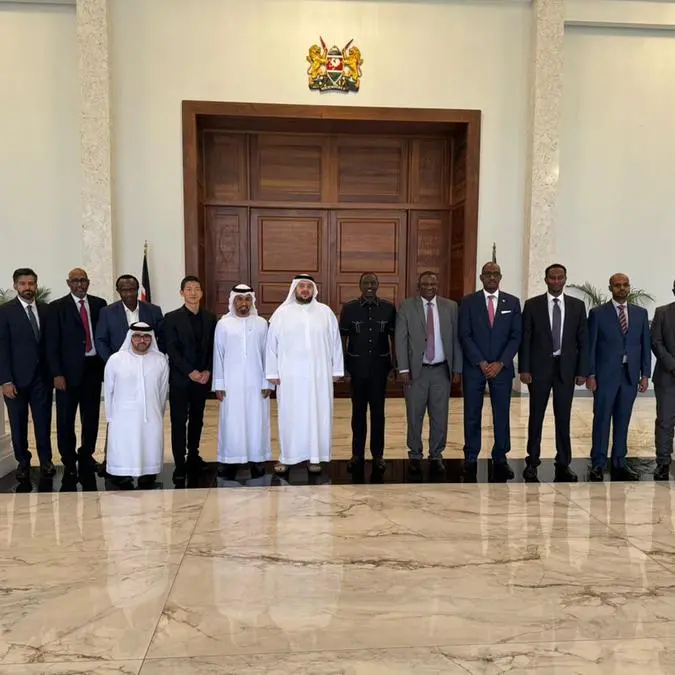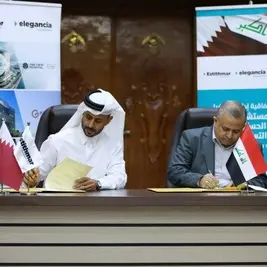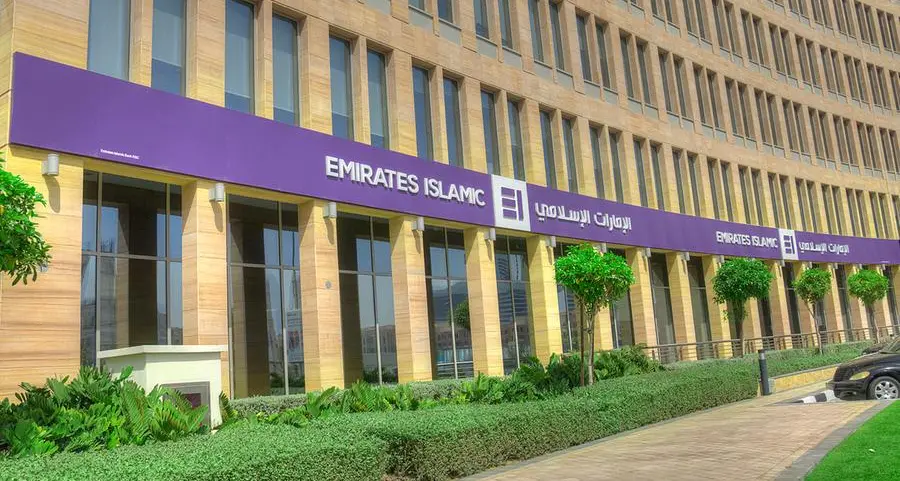PHOTO
The march towards ground-breaking innovation in connectivity, digitalization and automation will revolutionize almost all aspects of our lives. But along with it comes a profound responsibility. Ensuring that the critical services are provided with minimal fallout on a climate-stressed planet.
The need for a robust communications infrastructure that can meet the extremely complex and varied expectations of subscribers has been rising steadily. It soared even higher since the onset of the COVID-19 pandemic, which in turn has compelled telcos to consume more energy than ever. It’s not only emissions that should be a matter for concern. Usage of materials and waste are also major contributors to the industry’s carbon footprint.
Old is new
Material use constitutes around 40 percent of global emissions and currently a mere 10 percent of materials are treated as circular. Reuse, recycle and refurbish should be the guiding principles for the future. In that respect optimum use of available resources, efficiency and digitalization are essential to inject circular practices when creating new products and services. In simple terms, circular economy promotes the concept of retaining the value of components, products and resources by extending their life cycle and optimizing waste management.
Nokia adopted circular practices a quarter of a century ago while following the classic waste hierarchy model. The priority is to avoid generating waste through digitalization, operational efficiency and by extending the life of the product. Since it is always not possible to dematerialize everything, proper waste management procedures are equally important wherein we first explore avenues to reuse, followed by material recycling. The very last option is recovery and landfill.
“We try to use the materials as long as possible and increase the life of the product by repairing, refurbishing, and updating them with the latest software. There is even a voluntary take-back service that we offer to our customers” Pia Tanskanen Head of Environment at Nokia
“Collaboration with the supply chain to increase the use of recycled materials in the components they provide to us, tracking material origin and reporting practises development to understand the recycled content are some of the additional measures we take to adopt the principles of circularity,” she adds.
Nokia has been accepting legacy products from customers for years, even if they were manufactured by a third party. On several occasions these are repaired and reused by customers, refurbished internally, or broken down for parts harvesting. In some instances, components are recycled for raw materials for a completely different application or sector. Such an approach reduces the need for raw material extraction and lowers emissions.
Circular economy in Nokia
Nokia has made significant progress in adopting circular practices and intends to do more by setting clearly defined objectives.
In 2020, Nokia processed 5,870 metric tons of obsolete products and parts. Out of these 79,400 items with a combined weight of 570 metric tons were reused. Approximately 5,250 metric tons of old equipment was dispatched for energy and materials recovery and 50 tons to landfill. The result, 99 percent of the material content in our products were fit for utilization.
In the same year, Nokia put in motion a policy to improve the use of recycled materials in its products. To that effect, we worked in close coordination with cast aluminium parts suppliers to better understand the sourcing of raw materials and sought avenues to increase recycled content in components. A study later showed that 54 percent of the 23,200 metric tons of cast aluminium parts used in Nokia products had recycled materials in them. Challenges, however, remain pertaining to material purity.
“We are studying more materials in the supply chain but more needs to be done. We have to work across the industries to develop the tracking mechanism, set boundaries and definitions on what can be reported as recycled content,” says Tanskanen.
Attempts have also been made to increase the circularity of plastics used in products. In 2020, again, Nokia tried to improve the recycling prospects of plastics through the reduced use of non-halogen free materials and investigated whether mix post-consumer recyclates could be mixed with virgin plastics to produce product housings.
It’s noteworthy to mention here that Nokia saved 31,600 tons CO2 through circular practices in that year.
Setting the right standards
As the industry mulls the best course of action to chart an effective circularity strategy, it is imperative that appropriate standards and frameworks are created which could help telecom companies to gauge their performance.
Nokia has contributed actively by sharing best practices and creating telecommunication specific circular economy standards in the ITU-T (International Telecommunication Union Telecommunication standardization sector) and the ETSI (European Telecommunications Standards Institute). We joined the JAC forum to contribute to the debate on circularity with telecom service provider customers and received a best practice in circular economy recognition.
Going green with circularity
According to the World Resources Institute, more than 100 billion tons of resources enter the global economy every year, out of which a mere 8.6 percent gets recycled and reused. Such arbitrary exploitation is not sustainable and thus new ways of operating and partnering is the need of the hour if we were to realize the goal of a true circular economy.
Telecommunications operators will play a key role on that front. For circularity to be a success, cooperation across the whole value chain is essential. The industry must set ambitious goals and track performance. Traditional business models will have to be revisited and the status quo challenged. At Nokia, we have been following well-established circular practices for decades that enable us to utilize the full value of our products.
“We will be introducing a circularity target which will look at different areas of our business. From the office, R&D labs to product takeback and final assembly lines. Our goal is to develop material management to such an extent, so that by 2030 there will be no need for landfilling,” Tanskanen adds.
-Ends-
About Nokia
We create technology that helps the world act together.
As a trusted partner for critical networks, we are committed to innovation and technology leadership across mobile, fixed and cloud networks. We create value with intellectual property and long-term research, led by the award-winning Nokia Bell Labs.
Adhering to the highest standards of integrity and security, we help build the capabilities needed for a more productive, sustainable and inclusive world.
Media Inquiries:
Nokia
Communications
Phone: +358 10 448 4900
Email: press.services@nokia.com
© Press Release 2022
Disclaimer: The contents of this press release was provided from an external third party provider. This website is not responsible for, and does not control, such external content. This content is provided on an “as is” and “as available” basis and has not been edited in any way. Neither this website nor our affiliates guarantee the accuracy of or endorse the views or opinions expressed in this press release.
The press release is provided for informational purposes only. The content does not provide tax, legal or investment advice or opinion regarding the suitability, value or profitability of any particular security, portfolio or investment strategy. Neither this website nor our affiliates shall be liable for any errors or inaccuracies in the content, or for any actions taken by you in reliance thereon. You expressly agree that your use of the information within this article is at your sole risk.
To the fullest extent permitted by applicable law, this website, its parent company, its subsidiaries, its affiliates and the respective shareholders, directors, officers, employees, agents, advertisers, content providers and licensors will not be liable (jointly or severally) to you for any direct, indirect, consequential, special, incidental, punitive or exemplary damages, including without limitation, lost profits, lost savings and lost revenues, whether in negligence, tort, contract or any other theory of liability, even if the parties have been advised of the possibility or could have foreseen any such damages.
